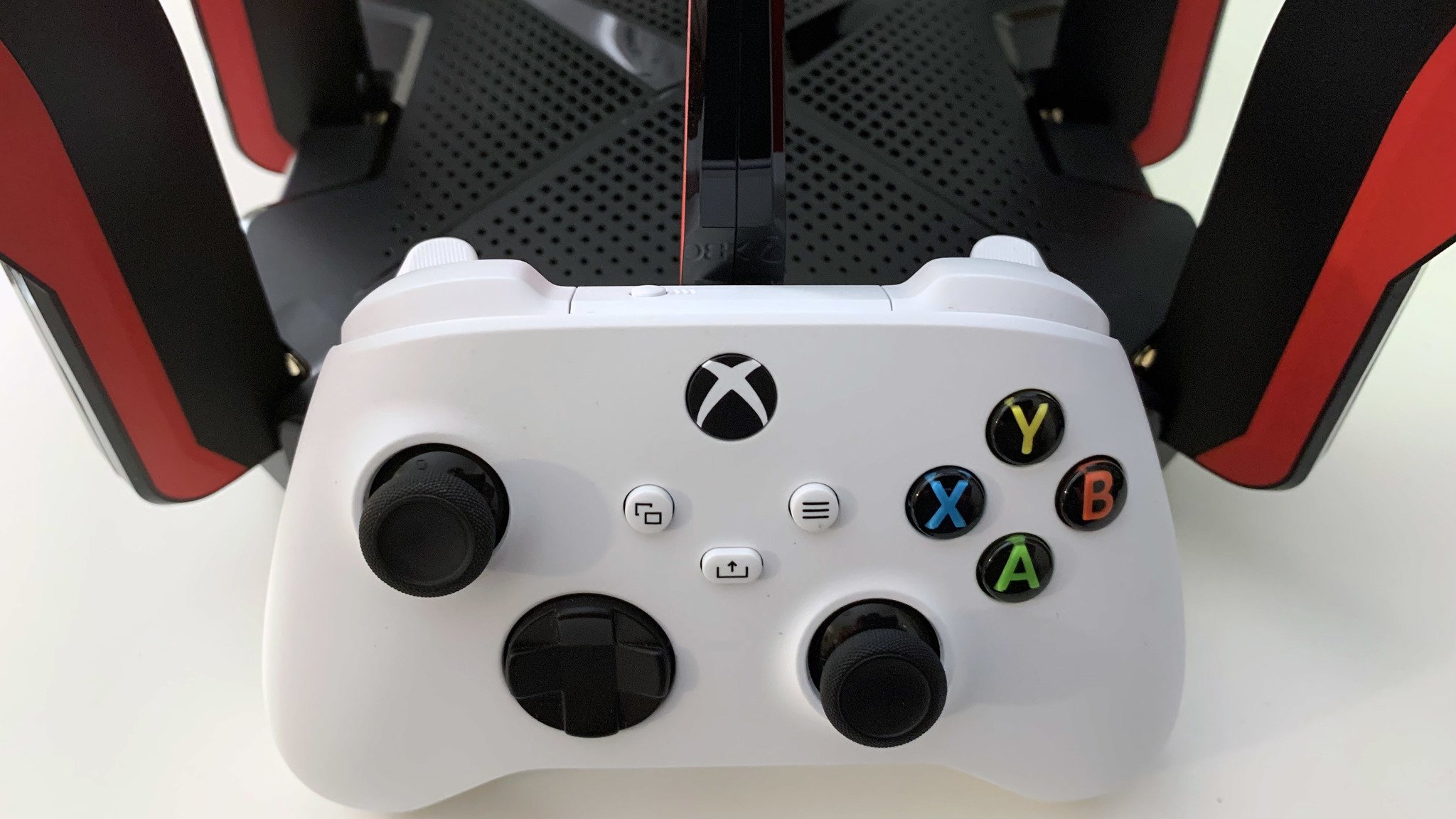The TP-Link Archer GX90 is the kind of router you'd expect to see in the still-new Wi-Fi 6 space. There's still a growing number of routers that tout different features to distinguish themselves from the rest. The GX90 chooses gaming features as its way into your home. It houses a fast CPU and a dedicated 5GHz gaming band to dole out as much bandwidth as possible to your devices. These features sound great on the box, but it'll take a bit of digging to see whether they amount to anything.
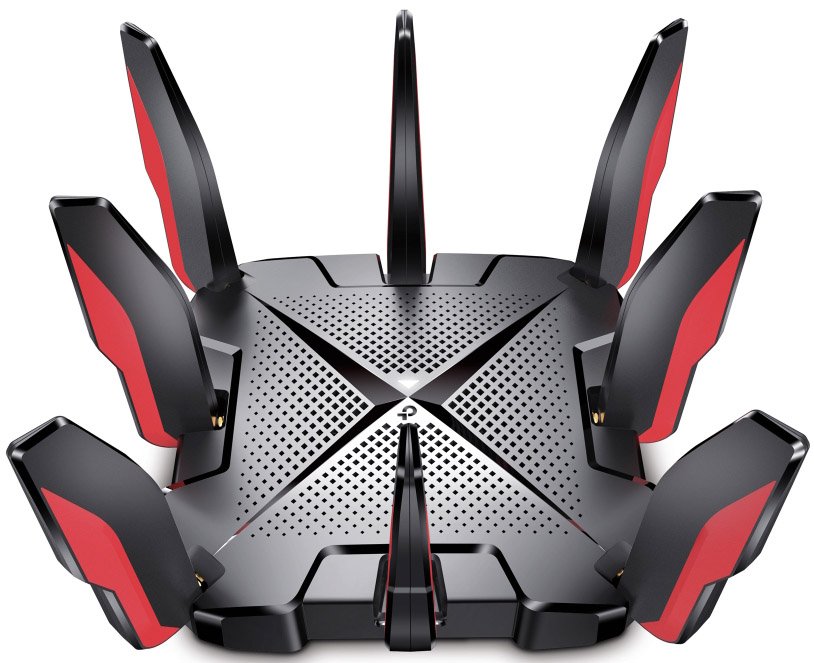
Bottom line: The TP-Link Archer GX90 is a niche choice for people with really specific gaming needs, otherwise there's better, cheaper Wi-Fi 6 routers out there.
For
- Strong QoS option
- Thorough parental controls
- USB ports
- Extremely fast speeds and good range
- 5x 1Gbps+ LAN ports
Against
- Expensive
- Massive size
- Overkill for most people
TP-Link Archer GX90: Price and availability
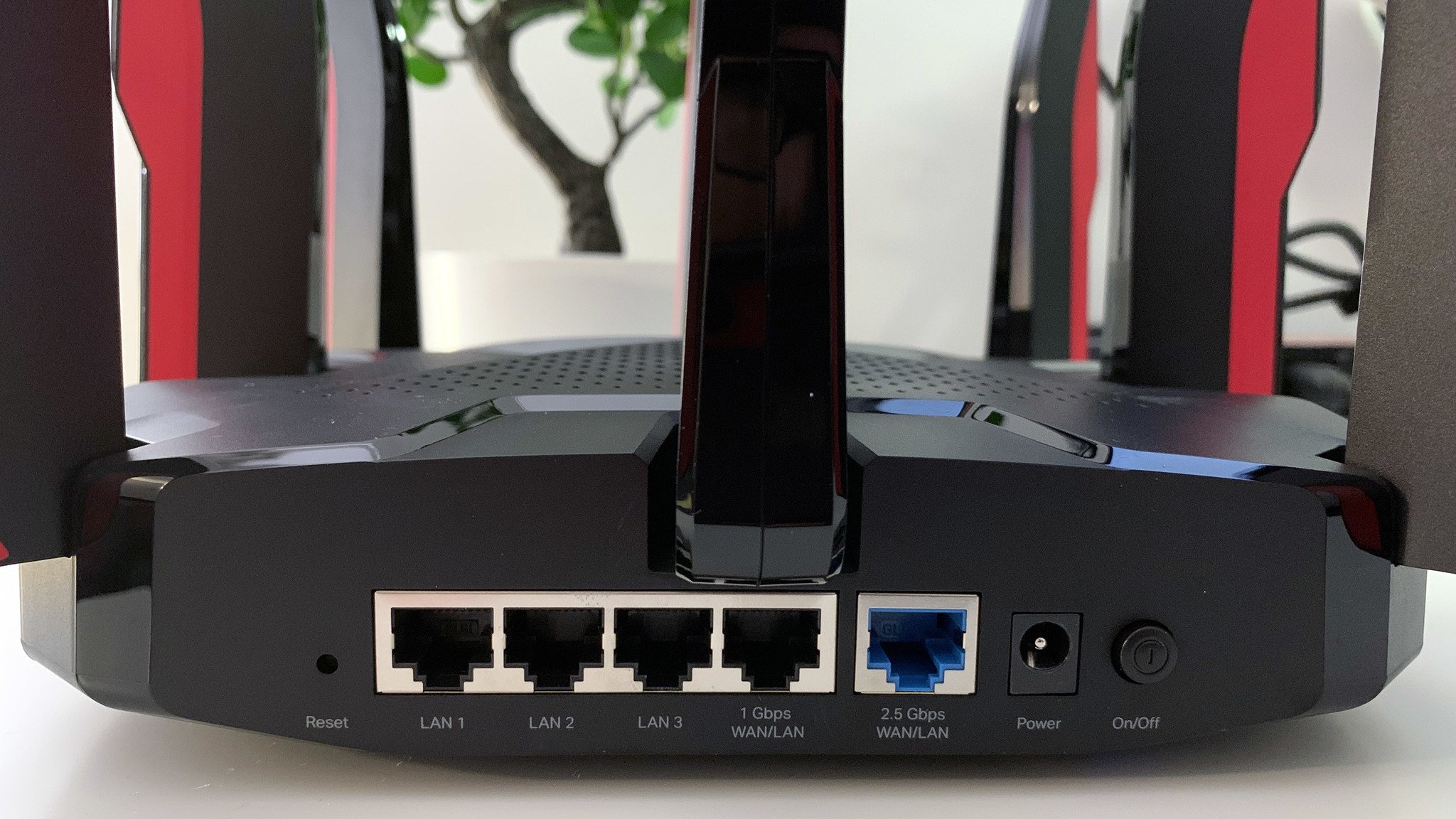
The TP-Link Archer GX90 is the new, gaming-focused alternative to the similarly named TP-Link AX90. It's so new in fact that it's not quite widely available at the time of this writing. The MSRP for the router comes in at $250. If you search around, you'll find the price can reach up to $325 on sites like Amazon, but that is likely to change based on demand when it settles into its launch. In comparison, the AX90 usually sells for around $290 or lower.
The Archer GX90's price and its young age make its value tricky to pin down. It could be cheaper than its sister model, but that would still put it a fair amount higher than its competitors in the best Wi-Fi 6 router space. There's a chance it'll be the best choice for you if you're in the market for a new router regardless of whether or not you need its unique features.
TP-Link Archer GX90: What's good
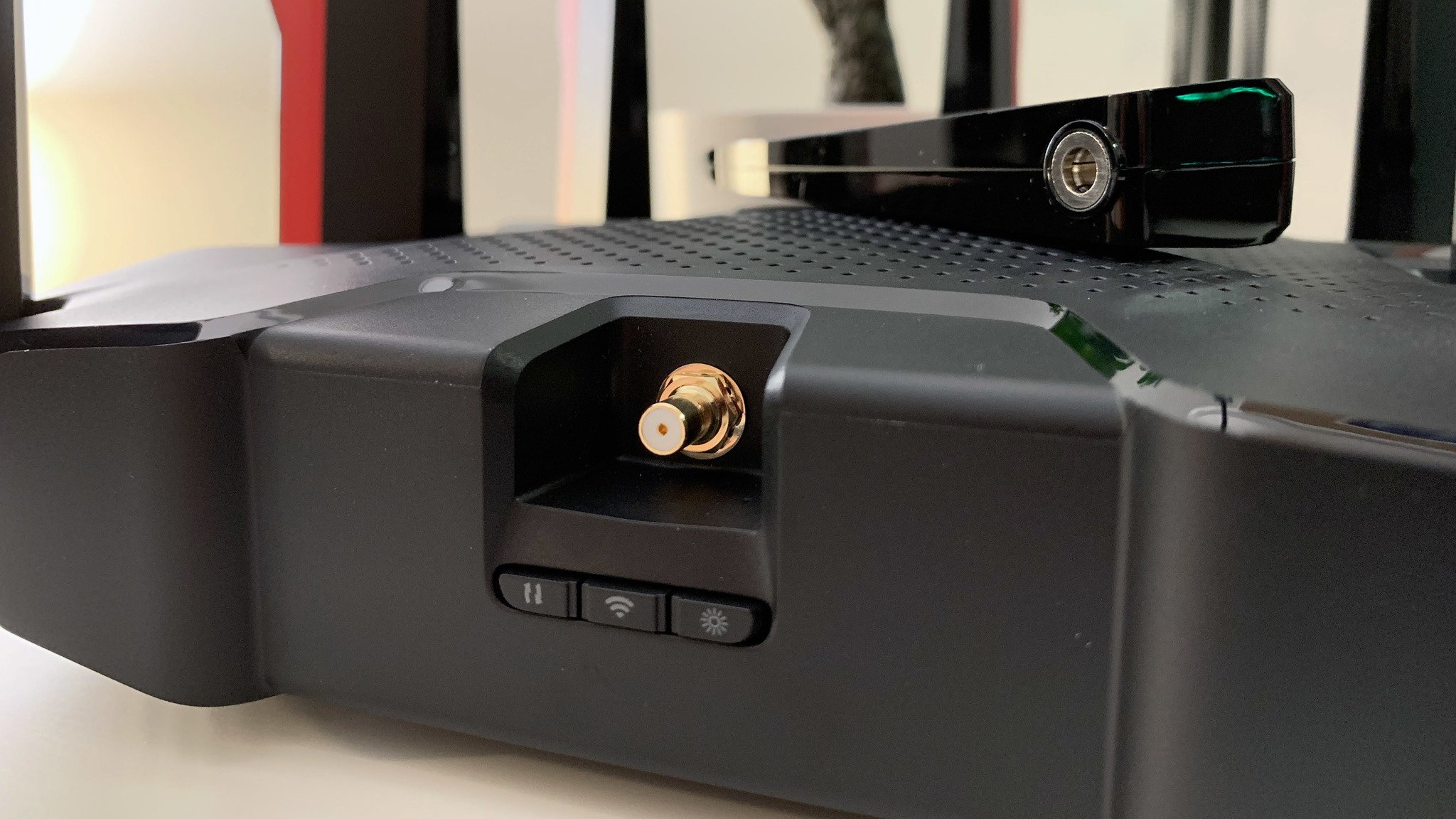
The TP-Link Archer GX90 brings incredibly fast speeds to all of your Wi-Fi devices, and of course, your LAN-connected ones too. That's the main draw of this router: It's built to fuel computers and devices that want to suck bandwidth through a boba straw, like the Razer Blade 14. A lot of this happens because the Wi-Fi 6 router supports a 2.5Gbps dual WAN/LAN port, one 1Gbs dual WAN/LAN port, and has a 1.5GHz quad-core CPU doing all the work in there. It's the kind of router you spend the extra money on to know it won't be the bottleneck in your home network.
In actual use, this means that when you're streaming video or playing online-only games, you won't see buffering or lag respectively. I used the router for all of my daily habits for a week and the only thing I noticed is that some websites and videos would load faster than my older, Wi-Fi 5 router. The GX90 pumps out internet without fuss and that's aside from all of its gaming-specific features.
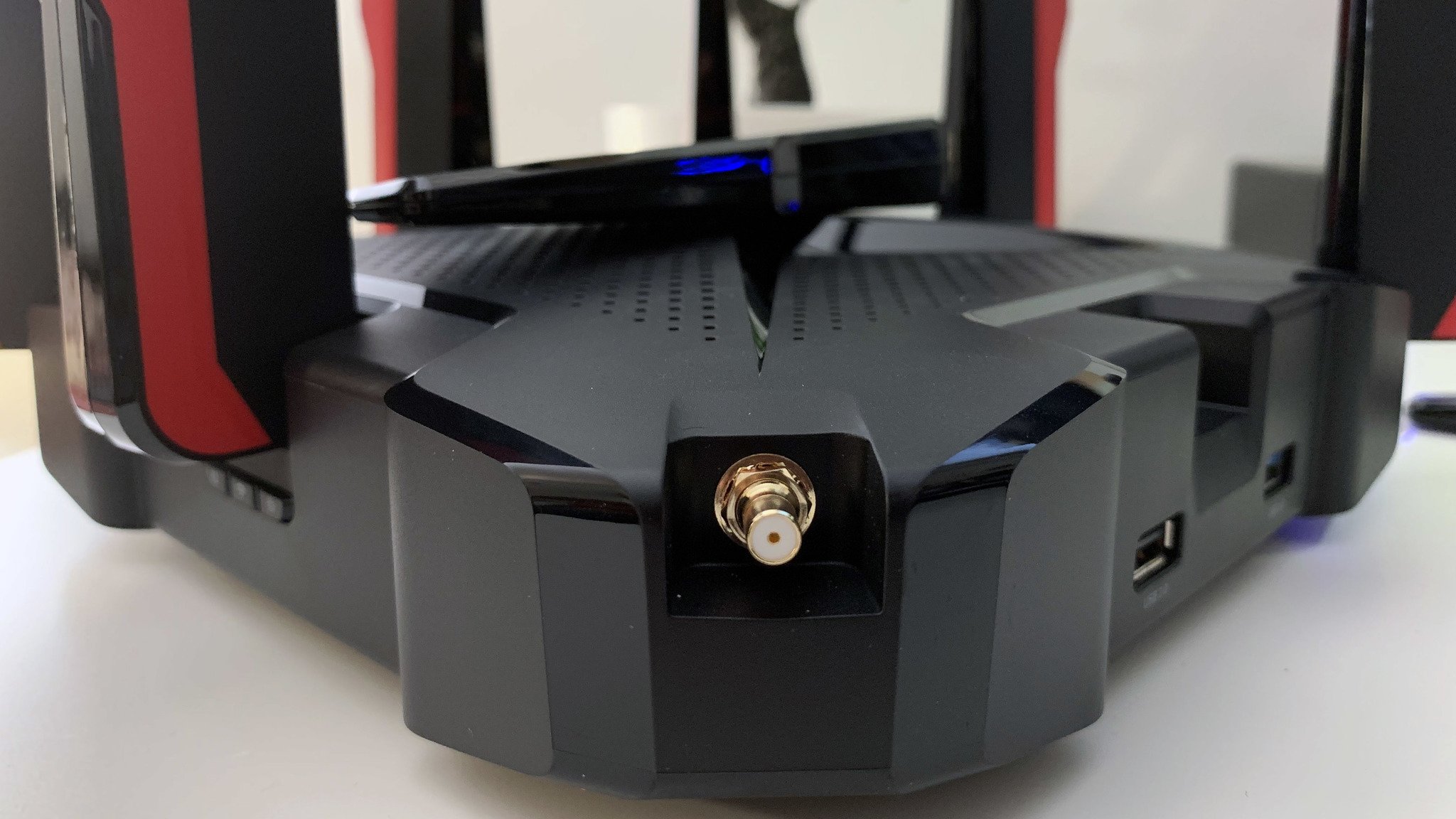
It's also incredibly easy to set up and tinker with. Routers are still a bit of an anomaly for some people other than knowing that they make your internet work. It's on manufacturers like TP-Link to make the process of upgrading or buying a router as seamless as possible. Here, it is as easy as plugging it in, visiting the appropriate website in your browser or using the Tether app. Inside, the settings are laid out visually to help you understand where the router fits into your network, and it does a fine job walking you through setting up a password, network IDs, and Smart Connect, should you want that enabled.
This is essential because the router features some key gaming features that you'll need to enable yourself. This includes a Game Accelerator, which aims to recognize when you're streaming or playing specific games (although it seemed to detect games not on TP-Link's list) to lower their latency and prioritize their bandwidth allocation. Think of it like a focused QoS that tries to keep specific devices fed with the internet over others. It also has a Game Protector antivirus option that includes a set of options for blocking malicious websites and applications from accessing your network.
I tested the GX90's speeds (using Ookla's Speedtest) against a Wi-Fi 5 TP-Link Archer A7 with a 4th-generation iPad Pro.
TP-Link Archer A7 (Wi-Fi 5) 2.4GHz
| Location | Ping | Down speed | Up speed |
|---|---|---|---|
| 10 feet | 19ms | 70Mbps | 41Mbps |
| 30 feet | 10ms | 50Mbps | 39Mbps |
| 40 feet | 11ms | 40Mbps | 25Mbps |
TP-Link Archer A7 (Wi-Fi 5) 5GHz
| Location | Ping | Down speed | Up speed |
|---|---|---|---|
| 10 feet | 13ms | 500Mbps | 39Mbps |
| 30 feet | 10ms | 323Mbps | 39Mbps |
| 40 feet | 11ms | 150Mbps | 25Mbps |
TP-Link Archer GX90 2.4GHz
| Location | Ping | Down speed | Up speed |
|---|---|---|---|
| 10 feet | 13ms | 135Mbps | 39Mbps |
| 30 feet | 10ms | 90Mbps | 39Mbps |
| 40 feet | 11ms | 76Mbps | 39Mbps |
TP-Link Archer GX90 5GHz
| Location | Ping | Down speed | Up speed |
|---|---|---|---|
| 10 feet | 13ms | 500Mbps | 39Mbps |
| 30 feet | 10ms | 288Mbps | 39Mbps |
| 40 feet | 11ms | 130Mbps | 35Mbps |
TP-Link Archer GX90 5GHz (Gaming band)
| Location | Ping | Down speed | Up speed |
|---|---|---|---|
| 10 feet | 13ms | 552Mbps | 39Mbps |
| 30 feet | 10ms | 427Mbps | 39Mbps |
| 40 feet | 11ms | 330Mbps | 35Mbps |
The other big feature of the GX90 is its tri-band system. It has a 2.4GHz Wi-Fi band along with two 5GHz bands. One of those 5GHz bands is a "gaming band" that's rated at 4.8Gbps alone, meaning connecting specifically to it will yield a faster connection and potentially lower lag in games. This was very true in my own tests, with the gaming band eking out upwards of 100Mbps more speed compared to the other 5GHz band.
TP-Link Archer GX90: What's not good
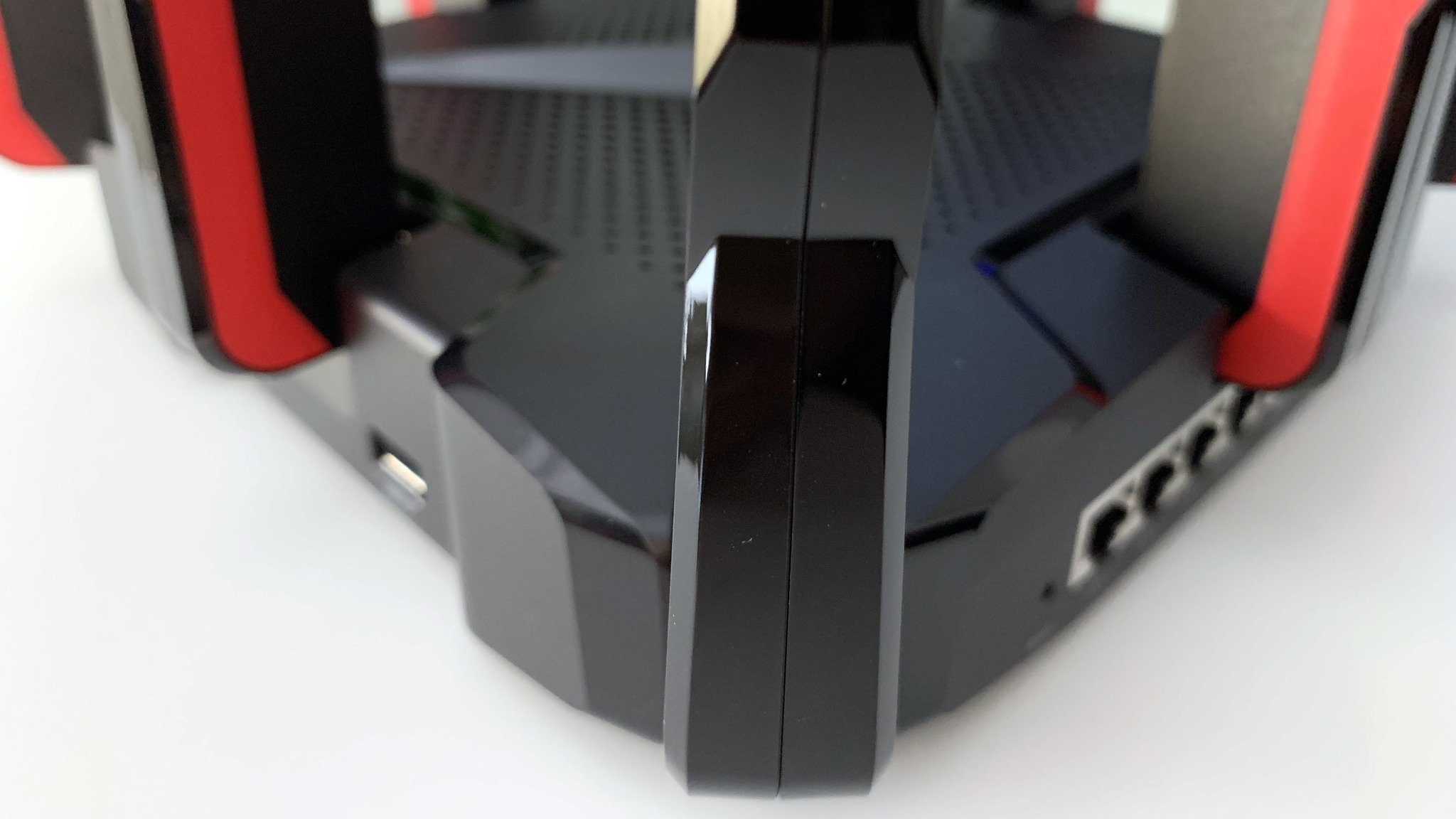
For all of the GX90's fancy features, it's not exactly reinventing the wheel. The router's gaming features are not life-changing and will probably only really come into play if you either have a sub-100Mbps internet connection and if you're playing seriously competitive games. Otherwise, in my tests, the Game Accelerator and extra bandwidth don't do a whole lot even in competitive shooters. Downloading a file while in an online match would still add hiccups whether or not the feature was on, and the severity varied per game and per test. It was also unclear whether certain games were supported or not, so your mileage may vary greatly in this regard.
This router bets on too many features that vary wildly.
It's clear that those features are the router's big selling points, but really, raw speeds are what make the difference here. That can be a problem too though; if you don't have an extremely fast internet connection or a house full of active internet users, it makes less sense to plop down the cash to buy a router that is way more powerful than you need. The growing landscape of Wi-Fi 6 routers makes this a hard choice if you want to spend half the money and get something just as solid for your situation.
This router bets on too many features that vary wildly. Maybe with extremely intensive tests, someone might find that it's particularly useful for, say, a game like Valorant, but for now, it doesn't have any obvious benefits over having a simple router that gives you enough bandwidth overhead to play any modern online game. Most people buying routers aren't stress-testing their hardware and keeping notes. For them, this is a router that might promise to make games faster, but won't be consistently true, judging from my tests.
The GX90 suffers from Wi-Fi 6 routers still being relatively early in their adoption rate. It's hard to recommend going out of your way to upgrade to a Wi-Fi 6 router unless you're buying your first router or desperately need to upgrade. Spending the extra money on these gaming features is a risk if you won't make use of them at all or something that can't be bothered to figure out how they work.
TP-Link Archer GX90: Competition
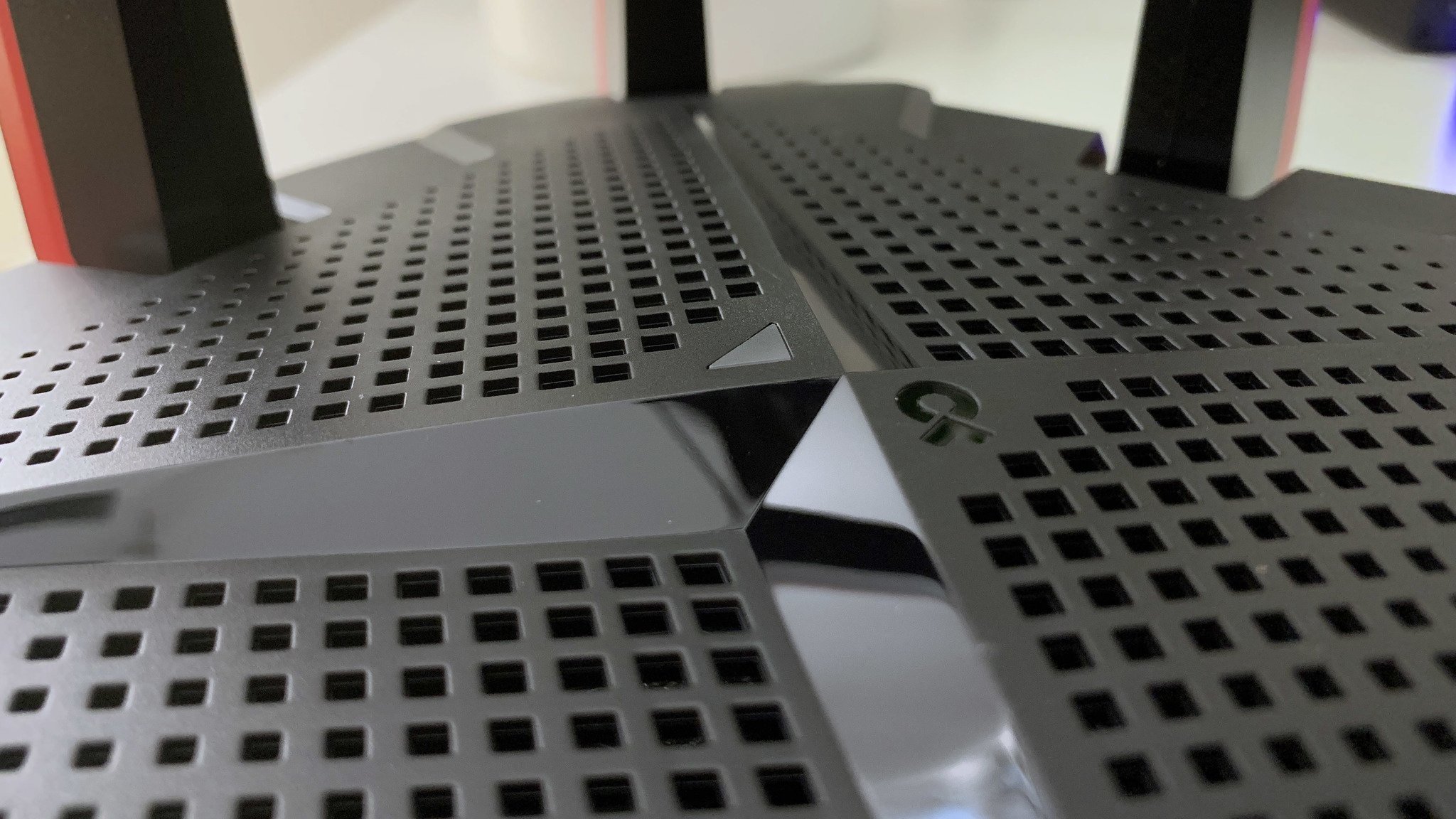
The GX90 has serious competition in the Wi-Fi 6 space alone. If you step away from its hit-or-miss gaming features, there are tons of powerful routers out there like the Netgear Nighthawk RAX50 or the TP-Link Archer AX1500. The former router is similar in price, but the latter is a fraction of the price, at $70. Of course you won't get a dedicated 5GHz gaming band in these routers, but in households or buildings without several people actively using your Wi-Fi it shouldn't make a difference if you only have one band.
The router touts big gaming features that simply don't do as much as the company might lead you to believe.
If gaming features are your thing though, the GX90's supposed price will put it in competition with the other ones out there. Only routers like the RAX50, Nighthawk XR1000, or the ASUS RT-AX86U can really compete in QoS and lag-reducing features. The GX90's only claim above these is the gaming band, which for people who want the maximum amount of speed, will be the deciding factor.
TP-Link Archer GX90: Should you buy it?
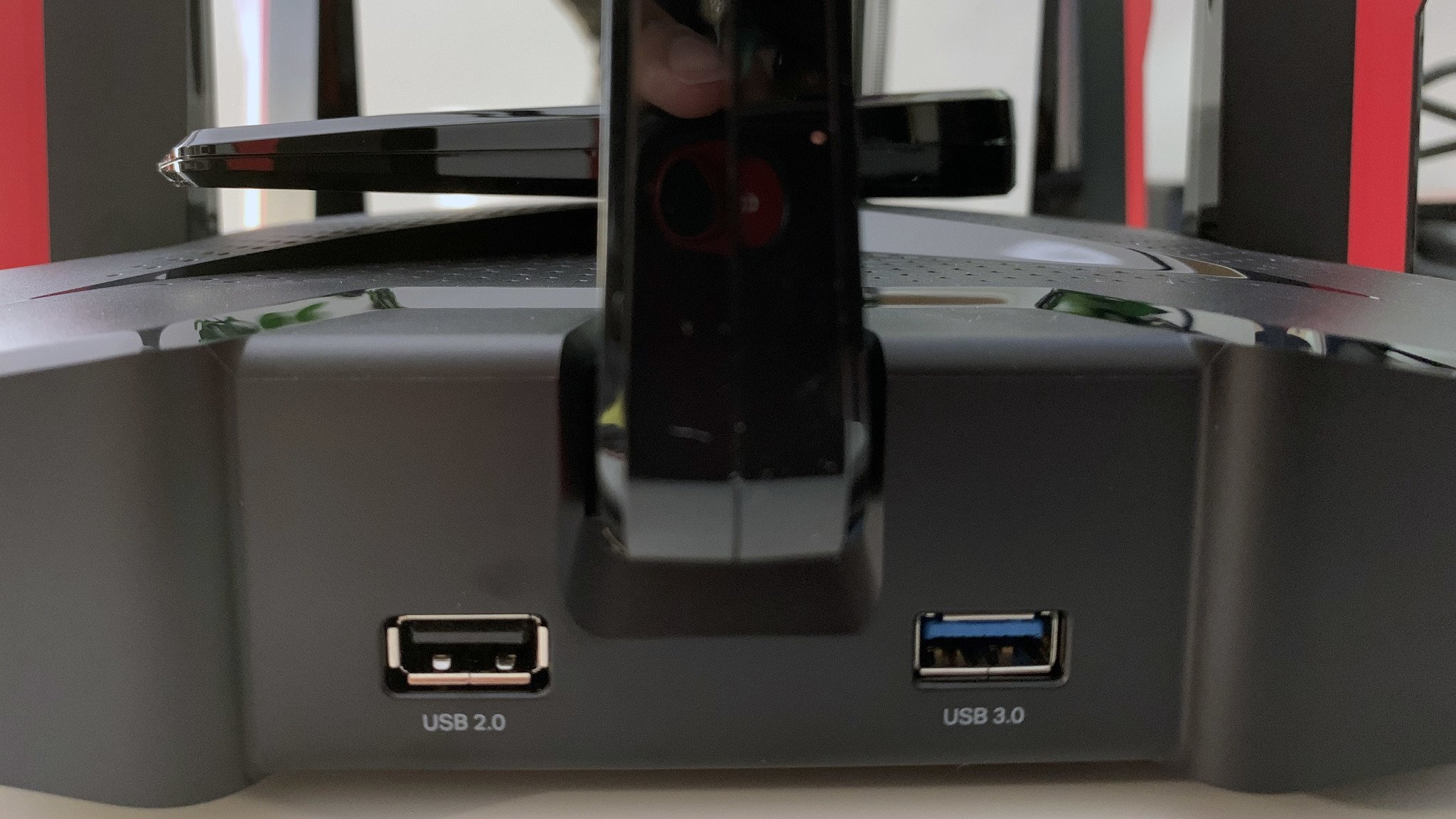
You should buy this if ...
- You want to maximize your internet connection via Wi-Fi 6
- You need specific gaming features to reduce ping in specific games
- You need a potentially affordable, fast, new router with tons of features
You shouldn't buy this if ...
- You already own an adequate router for your needs
- You don't play online competitive games that require low ping
- You have a moderate internet connection with few people using it
The TP-Link Archer GX90 is a solid Wi-Fi 6 router all things considered. Its set of 5 LAN ports, USB ports, and dedicated 5GHz band keep it very competitive in its price range. But the router touts big gaming features that simply don't do as much as the company might lead you to believe. Even someone who regularly plays games won't find a ton of use in its features like the gaming band or the Game Accelerator other than peace of mind in small instances where a difference of 10ms matters.
It's unclear then who exactly this router is for if its main selling point can be popped like a balloon. For people without incredibly fast internet connections and the money to afford a Wi-Fi 6 router, this one doesn't offer enough to convince you to save up or spend more to be future-proof. There are plenty of other options out there at cheaper prices that will suit you.
Tyler Colp is a freelance writer for Windows Central. He's written about tech, games, and the culture around them across the internet. Ask him anything about Dark Souls or just follow him on Twitter.
